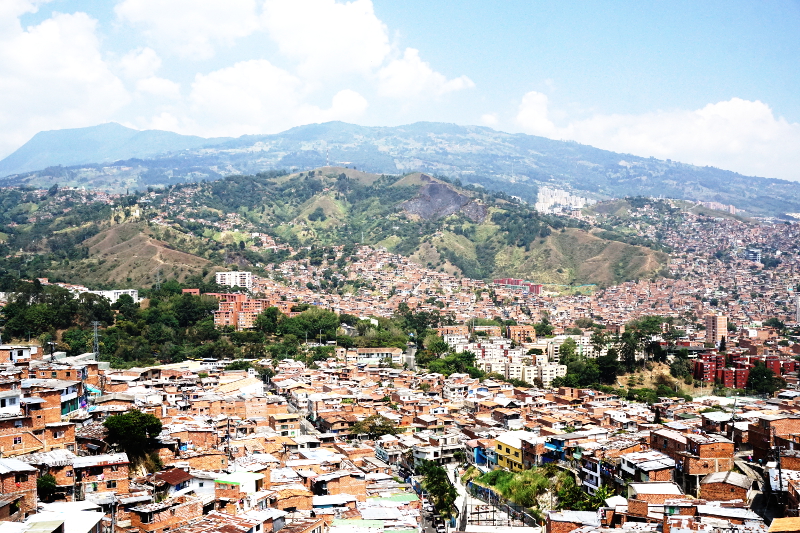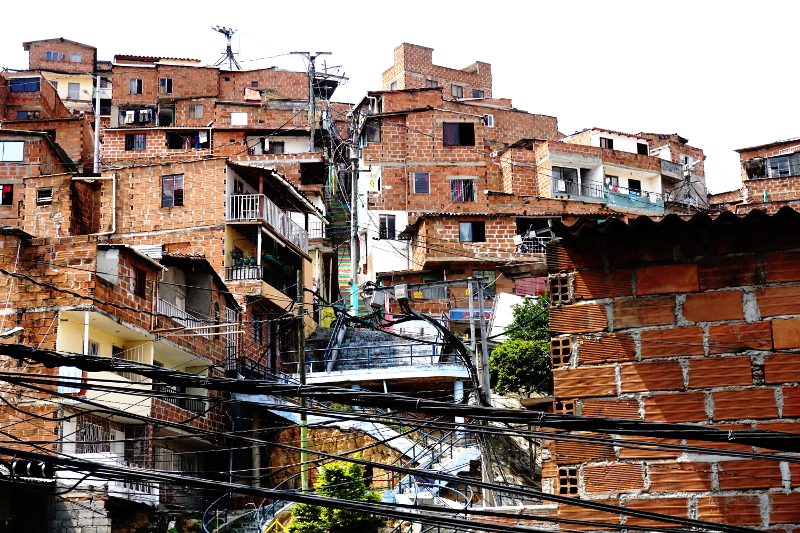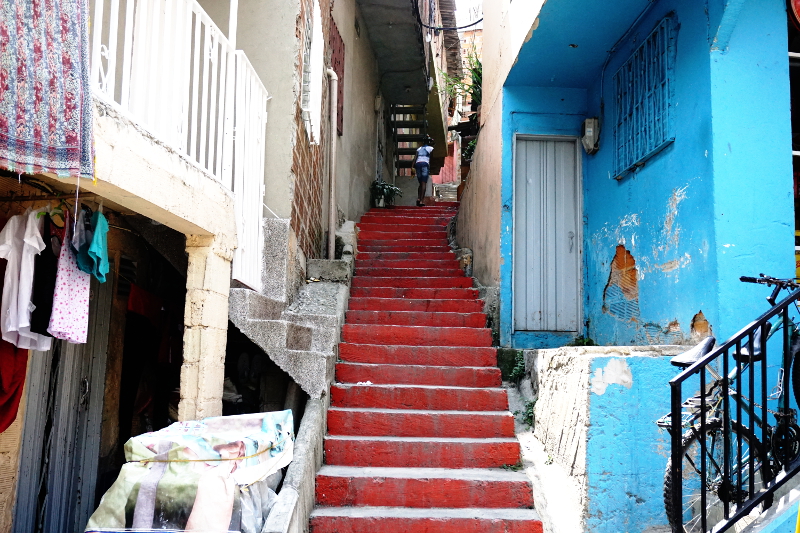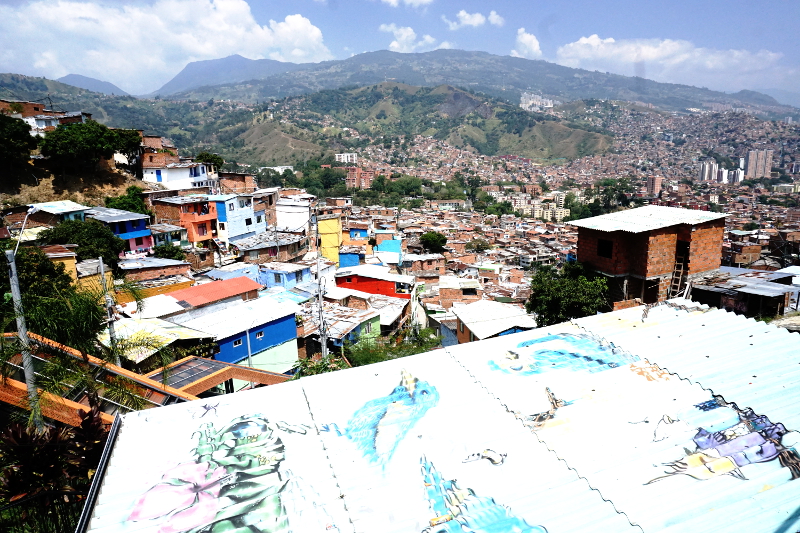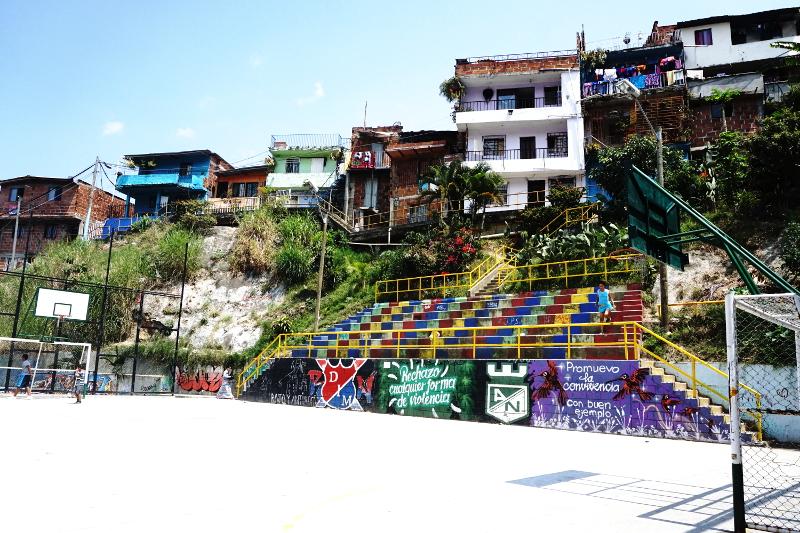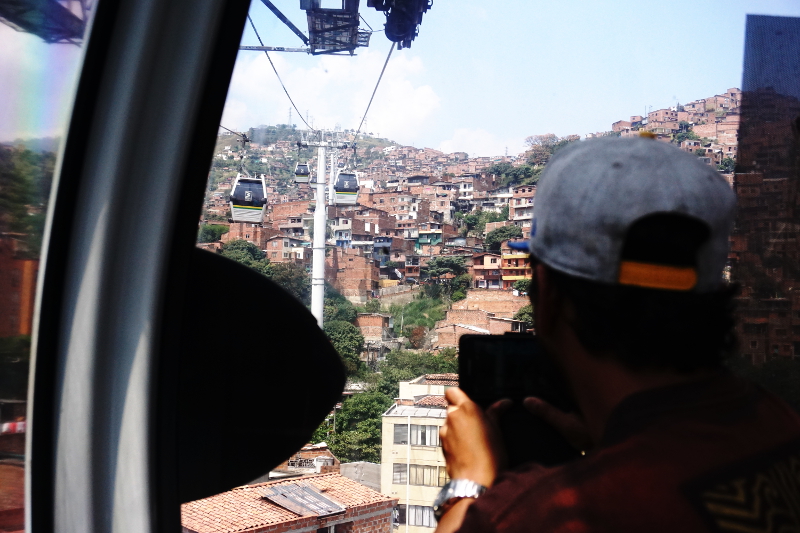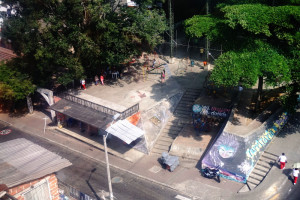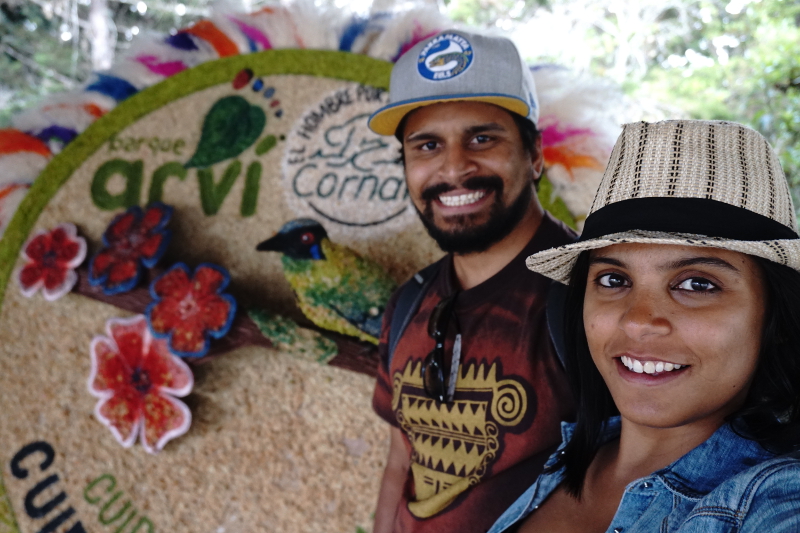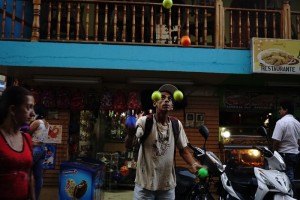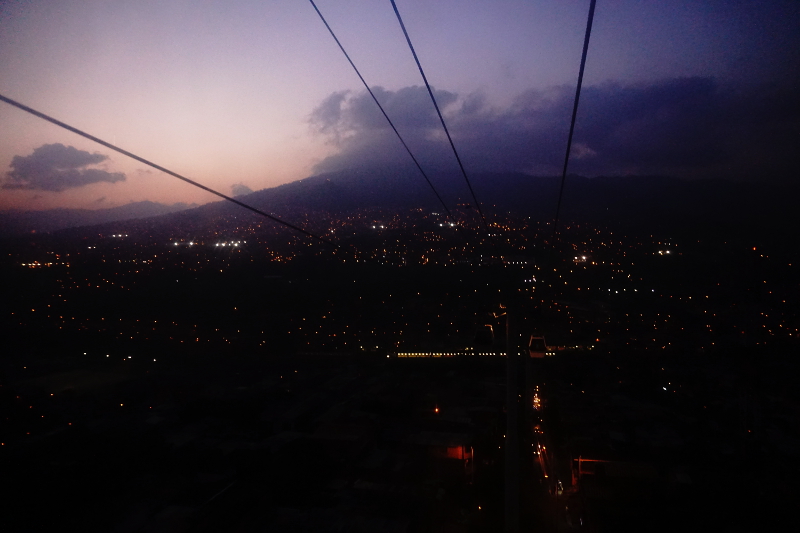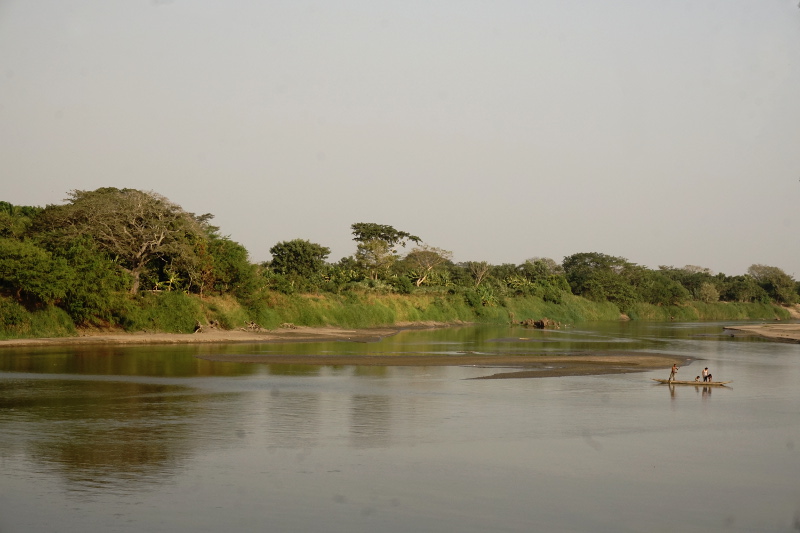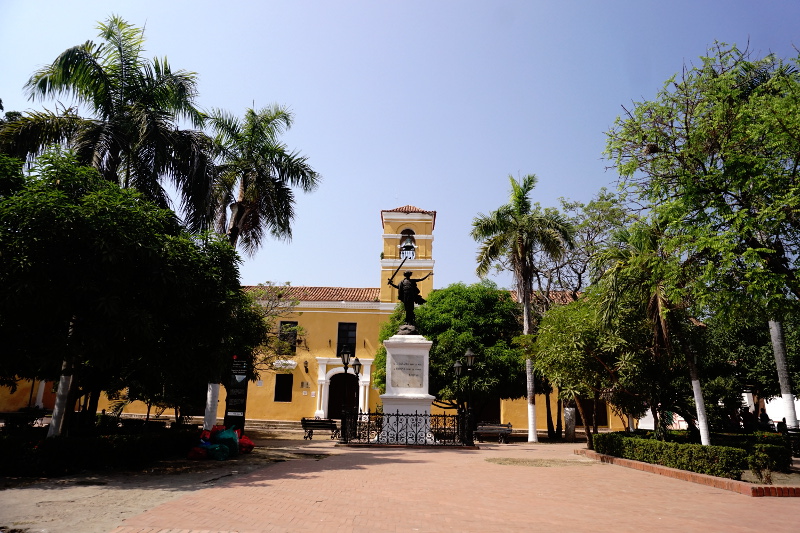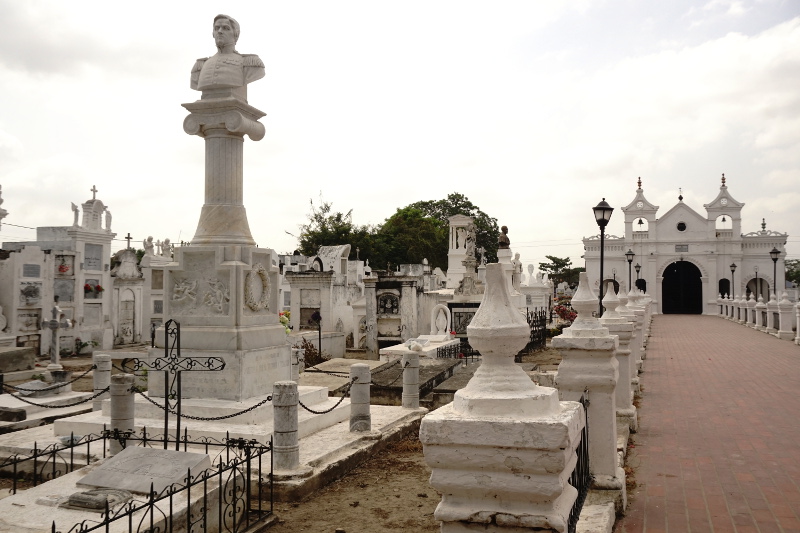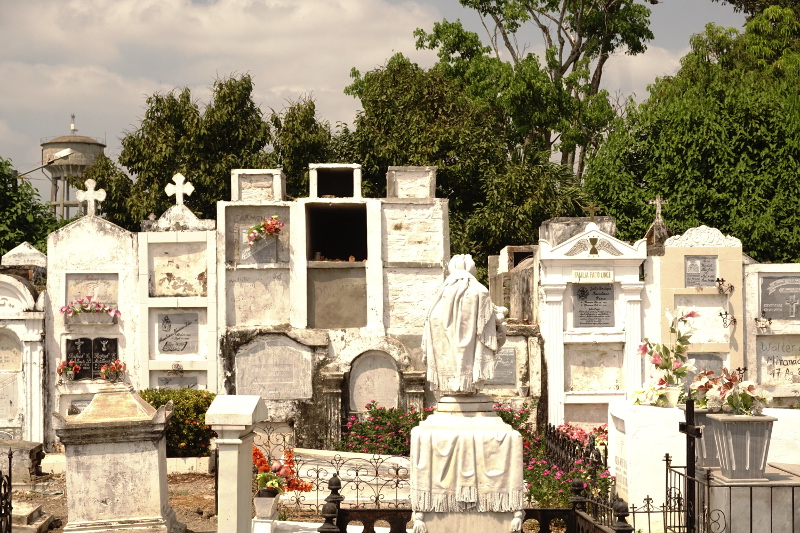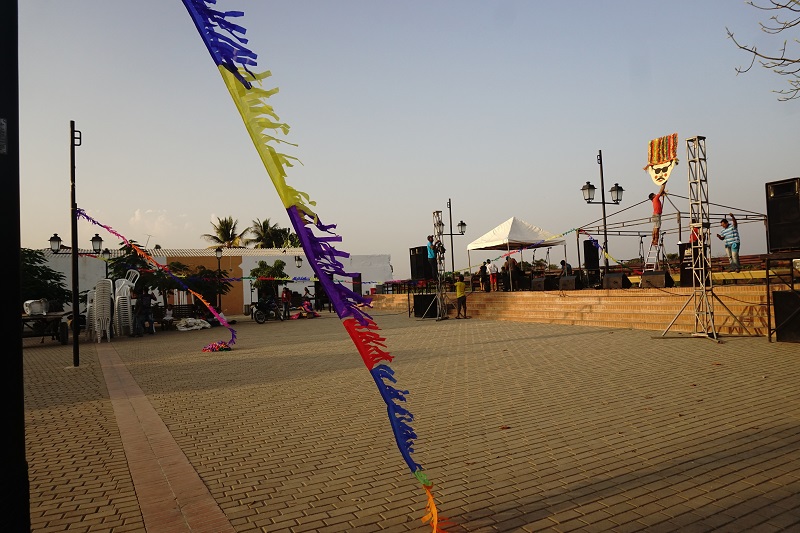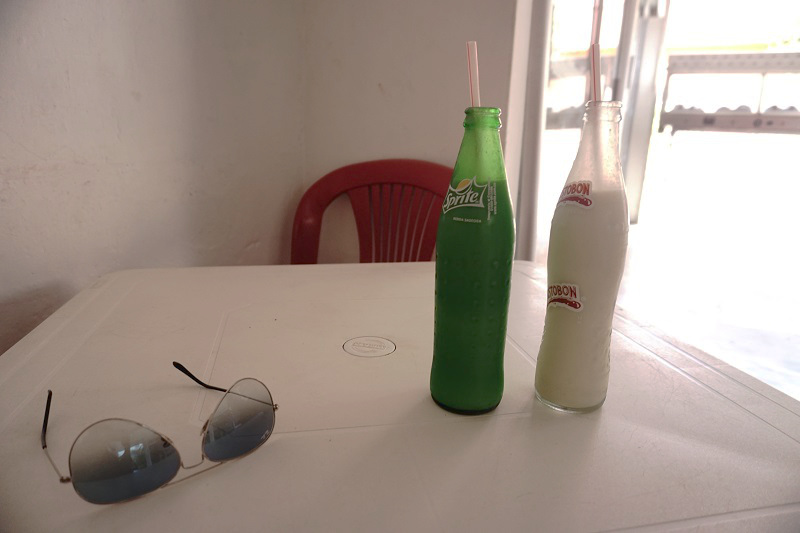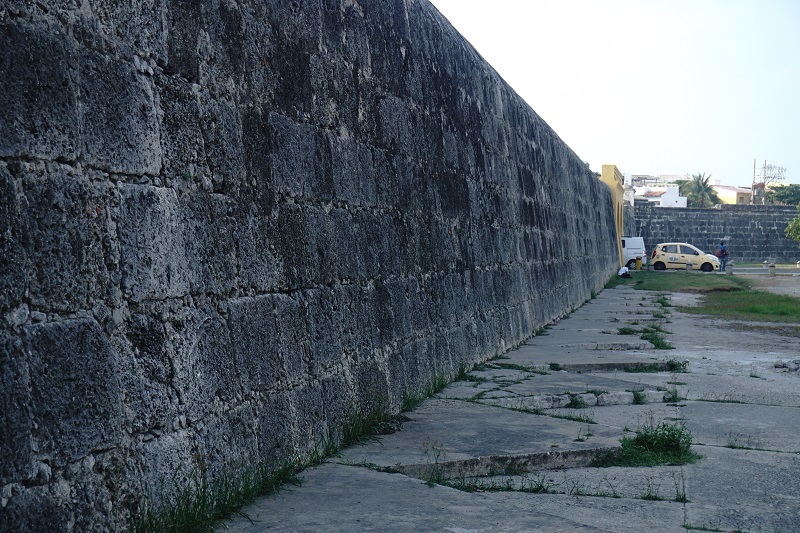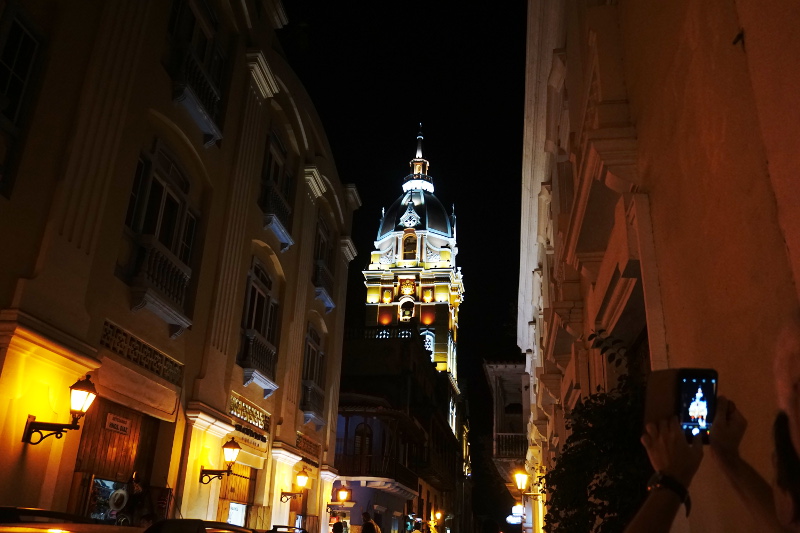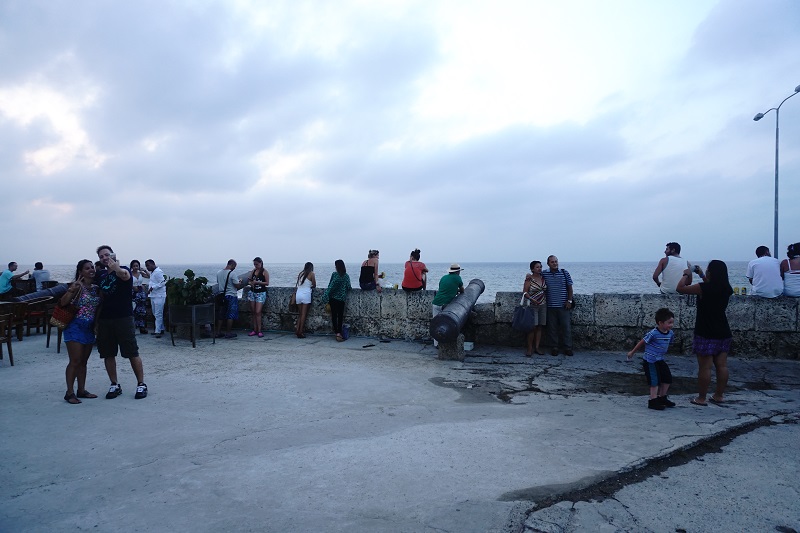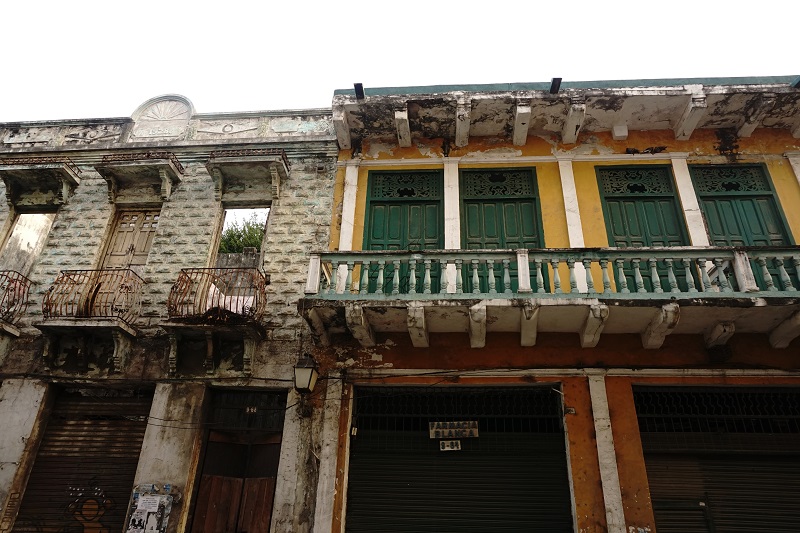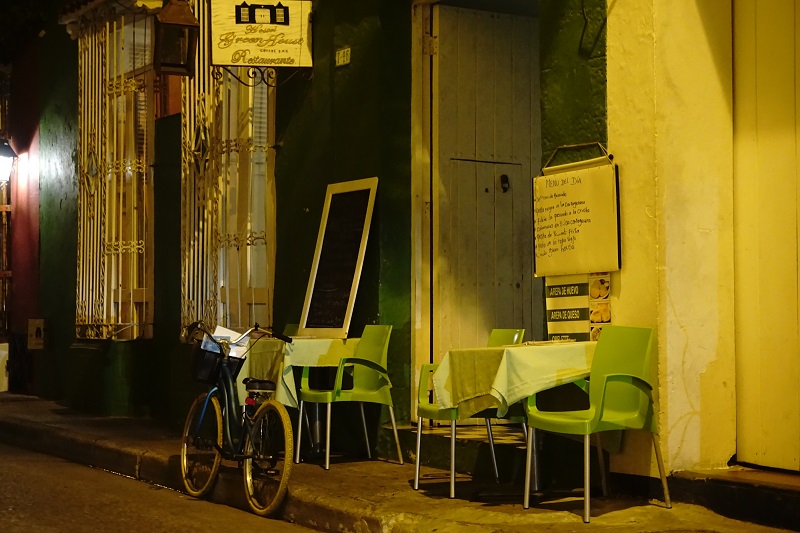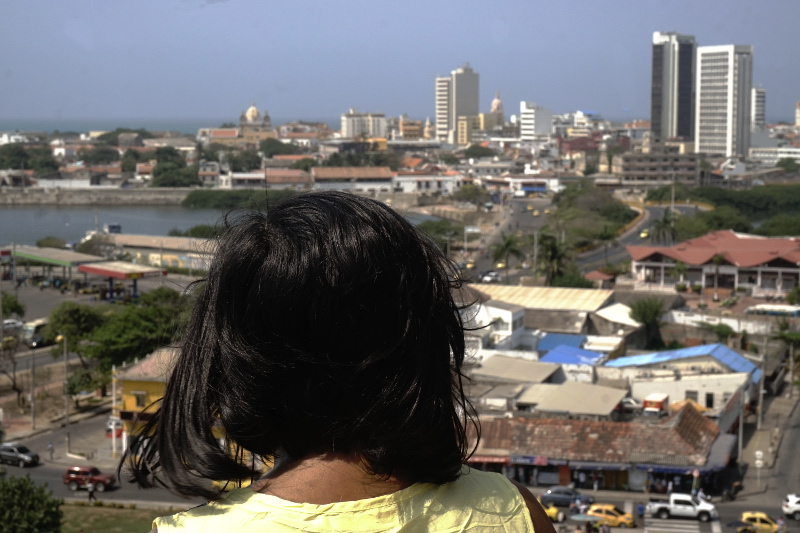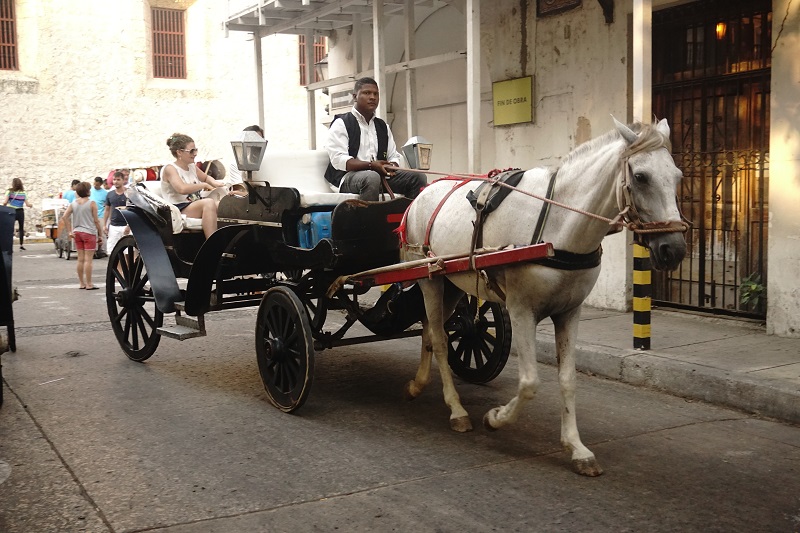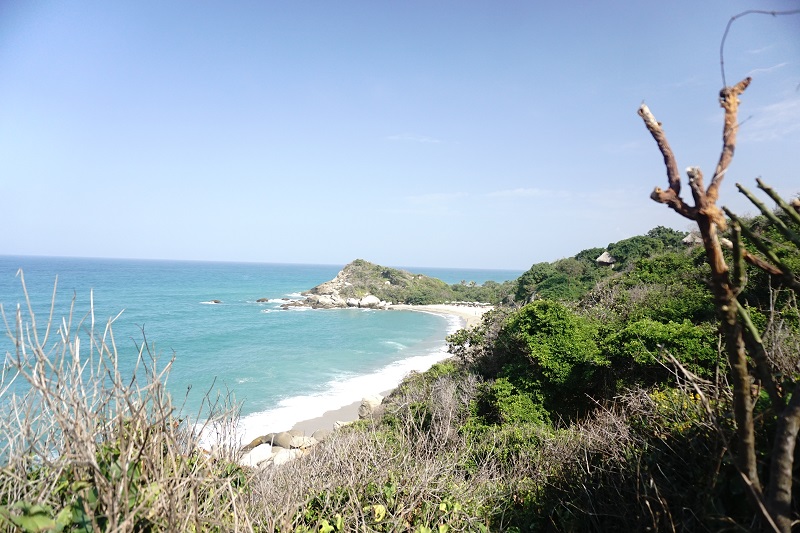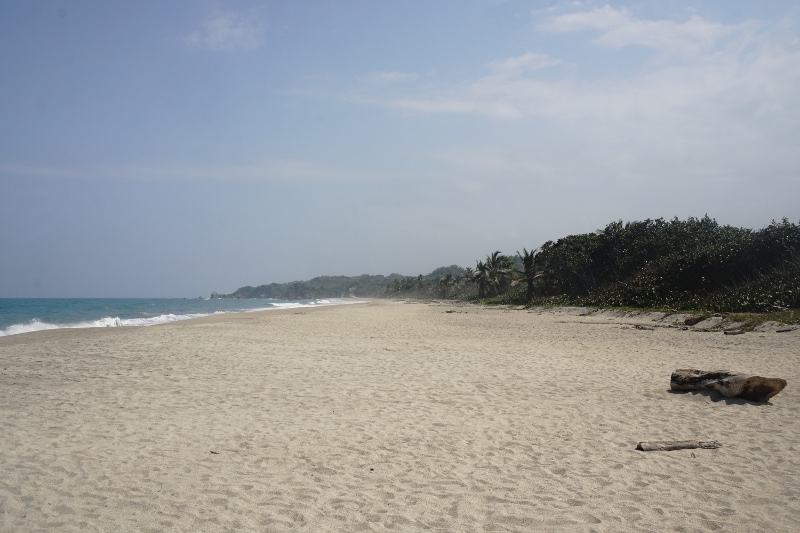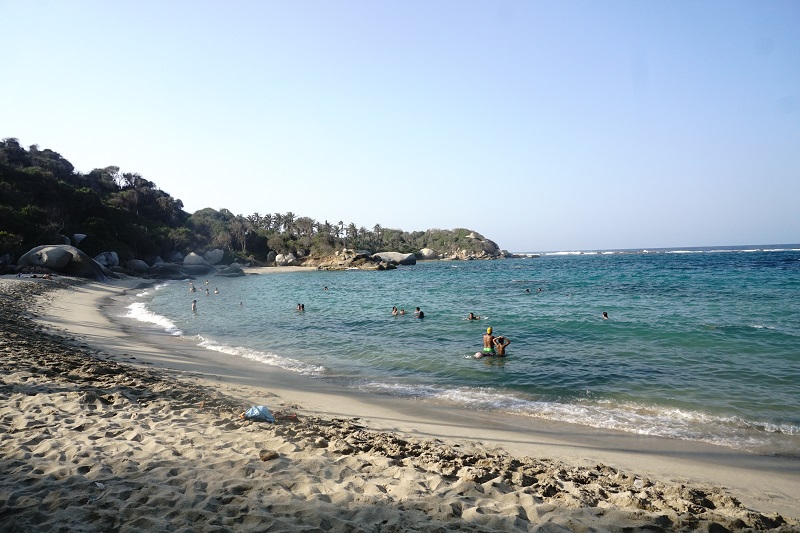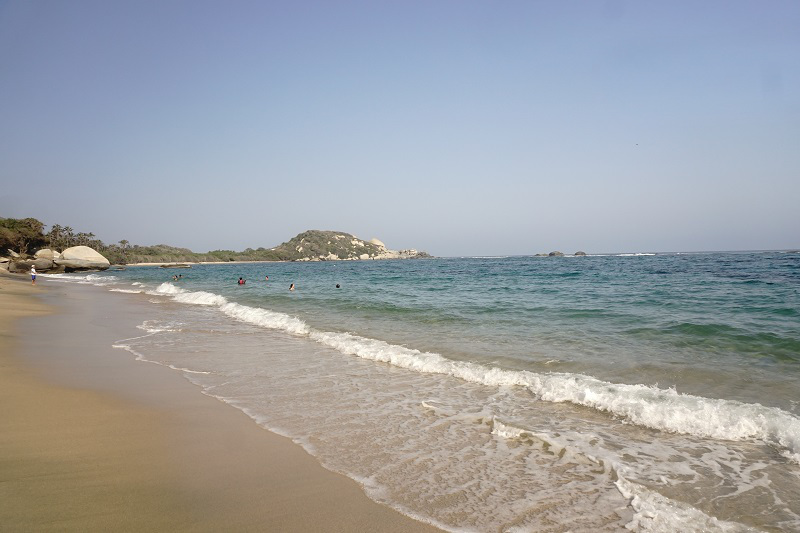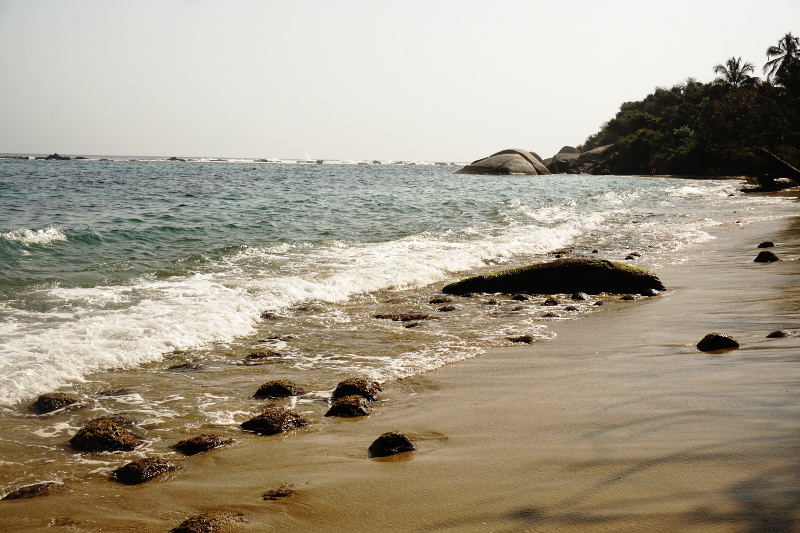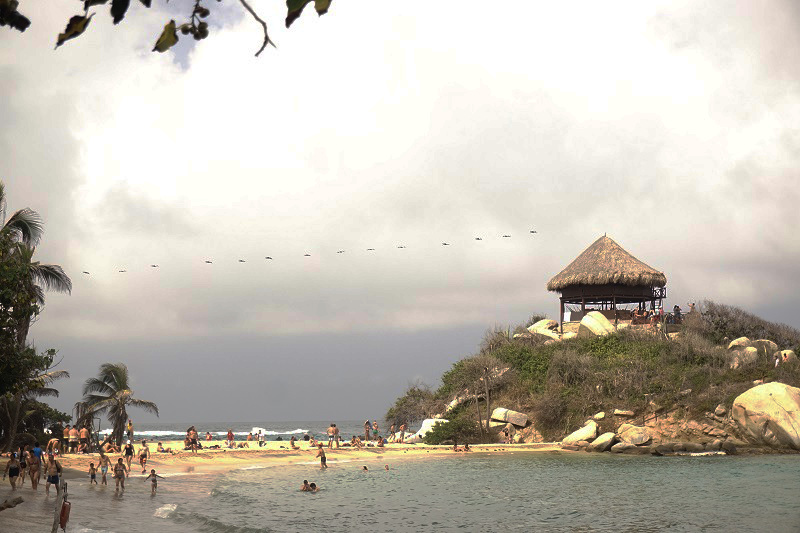Leaving Mompox, Medellin was our next big stop. As you know by now, we have absolutely falling in love with Colombia and having heard so much about Medellin from locals and tourists along the way, we knew we were in for a delight.
Medellin is Colombia’s second biggest city, but before we get into all things city (next post), we want to focus on a different side – The Slums of Medellin. Most of the slums in Medellin are on the hills around the city and no city we know of has done so much for the slums as this country. The slums of Medellin have the best views in the city and are the most extremely dangerous places to be. The council has done so much, and still doing, to clean them up is beyond believable.
The Backstory
Medellin was once famous for drugs and the drug lord, Pablo Escobar. It had a reputation for murder and bombings until the city started a cleanup drive in the 1990s. The city has since transformed itself and one can see its positive effects in the slums as well as the rest of the city.
Escalators & Comuna 13
Shruti heard about this slum through a walking tour of graffiti in the area. We looked up tour options and they were either booked out or not available on days we were free. After doing some more research, we found experiences of some people who had been there themselves and blogged about it. This meant we didn’t have to miss out and spend money doing the tour. We could have first hand experience seeing the then dangerous slum.
We took the metro from Poblado, where we lived, to San Antonio so we could change to the Orange line and finally get to San Javier. San Javier is the closest metro station to Comuna 13. The next step involved me asking various people how to get to ‘electricas’ (Spanish for escalators). A very nice gentleman waved down the bus for us and I was able to tell the bus driver to drop us at the escalators.
At this stage, Shruti had done most of the research while I had no idea where we were going except that we were going to a slum. To say that I was scared, would be an understatement. Shruti assured me that the government had taken care of the bad elements but I wasn’t so sure. Anyway, the bus driver dropped us at a corner and told us to walk uphill to the escalators. By this time, we were right in the middle of the slums with the only thing above and below us were more slums.
After a bit of walking and asking another local about the escalators, we could finally see it! It is hard to grasp the amazement one feels seeing the escalators going up and down in the middle of slums. The sight is a juxtaposition with development side by side squalor. Due to no straight roads, the escalators don’t run straight up. One stretch goes up north but the next stretch above it faces east and the one above faces west.
Medellin has really tried to change the slums. We felt it after climbing the escalators and reached a community centre and brand new roads built by the council. The houses in Comuna 13 have also been concreted with no more plastic roofs.

 As part of the clean up drive paint was handed out free to the residents. People took this opportunity to color their houses in bright colors making it a beautiful site. Additionally, a lot of artists pitched in and there is plenty of graffiti artwork around.
As part of the clean up drive paint was handed out free to the residents. People took this opportunity to color their houses in bright colors making it a beautiful site. Additionally, a lot of artists pitched in and there is plenty of graffiti artwork around.
We met a local elderly lady who told us the story of the slum and it’s redevelopment. Eventually tears started rolling down her cheeks. “It was the hand of God that fixed it”, said the old lady and who are we to disagree with her.
As we left, we saw small children carrying toys that were given to them by the city council. The city is putting toys in their hands to avoid them from being distracted to other activities. What more can a city do to change its image!
Having said all the above, we were told that the area wasn’t safe for tourists or outsiders at night. So there is still some activities happening but if we managed to walk around alone during the day, it sure does say something.
Cable Cars Over Slums
As mentioned earlier, slums are settled on the hills around the city and commuting up and down is a real pain. So to help out the major population of the city, the city council has installed cable cars on the hills. Apart from being a transportation mode for many locals, it is the cheapest and beautiful way of seeing the city!
We took the bus back from Comuna 13 and bought tickets from San Javier station for Pablado. As long as you have a metro ticket, you can take a ride on the cable car. It is free! Before heading back towards the city centre, we decided to ride the cable car that went right over the slums to La Aurora. We got off the car at couple of stations to take some more photos and hopped right back on the next car. We could see right into people houses and admire the tiny lanes with graffiti.
The amazing thing about this cable car was that just over the hill from slums was a beautiful valley and middle class high rises. It would have to be one of the most beautiful commutes to work. On the way back, we talked to an old lady in the cable car who told us how the 10 minute cable car journey took 1 hour on the bus.
After completing the round trip, we jumped on the metro towards Acevedo for another cable car ride. This time we were heading to the other side of Medellin, towards a higher mountain. We jumped on to the Santo Domingo cable car and enjoyed the ride up. The incline was a lot higher here! Upon reaching the final stop, Santo Domingo, we headed towards the Parque Arvi cable car, the National Park within Medellin.
Parque Arvi
The Parque Arvi cable car required another ticket. It costs 9,700 pesos (About USD 3), per person one way. Two people are not allowed on the cable car alone, it must be at least 3 or more. So we waited around for someone else to come by and finally we were on our way to Parque Arvi.
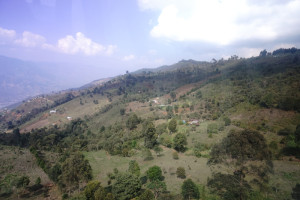 The ride to Parque Arvi was never ending! We passed slums that were setup higher on the mountain, then some small farms and finally we were crossing a forest. There were just high trees everywhere and the variety of flora. The ride was approx. 20 mins long and we finally got Parque Arvi.
The ride to Parque Arvi was never ending! We passed slums that were setup higher on the mountain, then some small farms and finally we were crossing a forest. There were just high trees everywhere and the variety of flora. The ride was approx. 20 mins long and we finally got Parque Arvi.
We had been around all day so once we reached the park at about 3pm, we were in no mood for hikes. We did some shopping, walked around for an hour, enjoyed coca tea and ate some coca leaves too. After resting on the grass for a while, we decided to head back.
Journey back
Upon reaching Santo Domingo, we couldn’t just head back to the cable car. We had to exit the train station and re-enter again. So, we decided to have a couple of drinks in Santo Domingo, people watch while sitting outside the bar and wait for sun to set so we could enjoy the lights on our way down.
There was a higher proportion of teenage mothers, drug affected people and rough looking young boys but the cable car system had also brought in tourists willing to see the place. It wasn’t the safest but we were a few metres away from the cable car station and the police station. A juggler came by, juggled and we gave him some money while a young man walked past with a knife clearly in his waist. A place of contrasts!
When we returned down the mountain to Acevedo, there was a massive queue of people waiting to take the cable car up to the slums. This was the evening peak time and these were probably the city’s workers.
We had an an amazing day just experiencing the real Medellin. While we were in the slums we saw dumpster trucks picking up garbage and a very effective transportation mode that had some of the best views in the world – that’s when we understood why Medellin is special. How many cities outside of western countries do this for their poor people?
